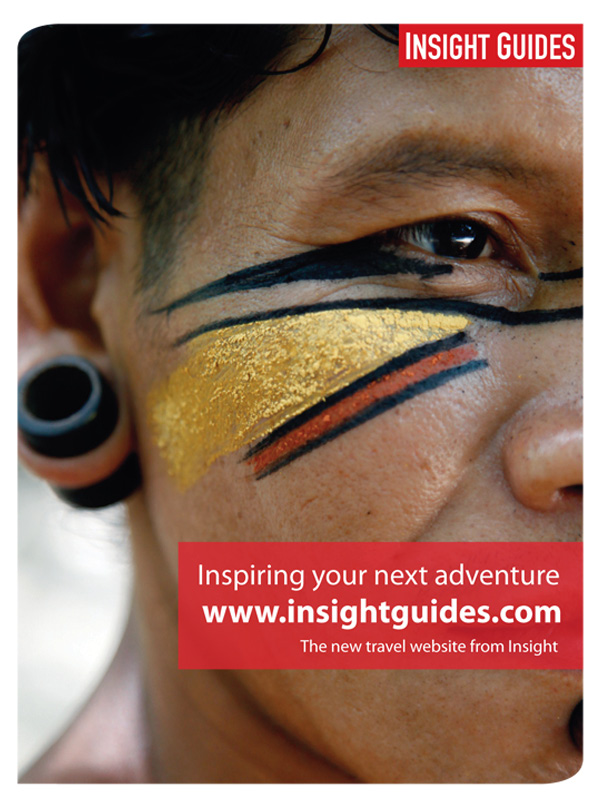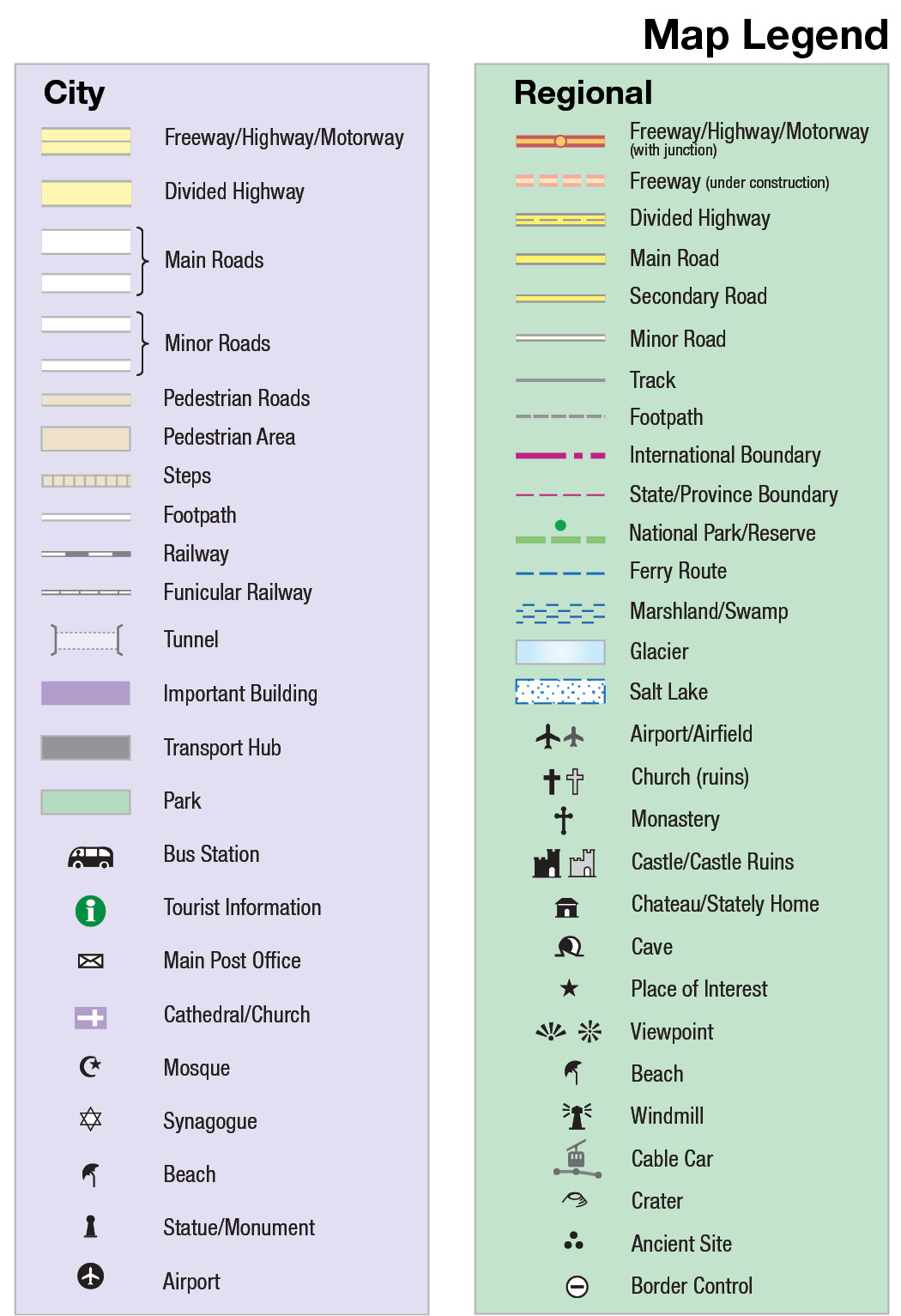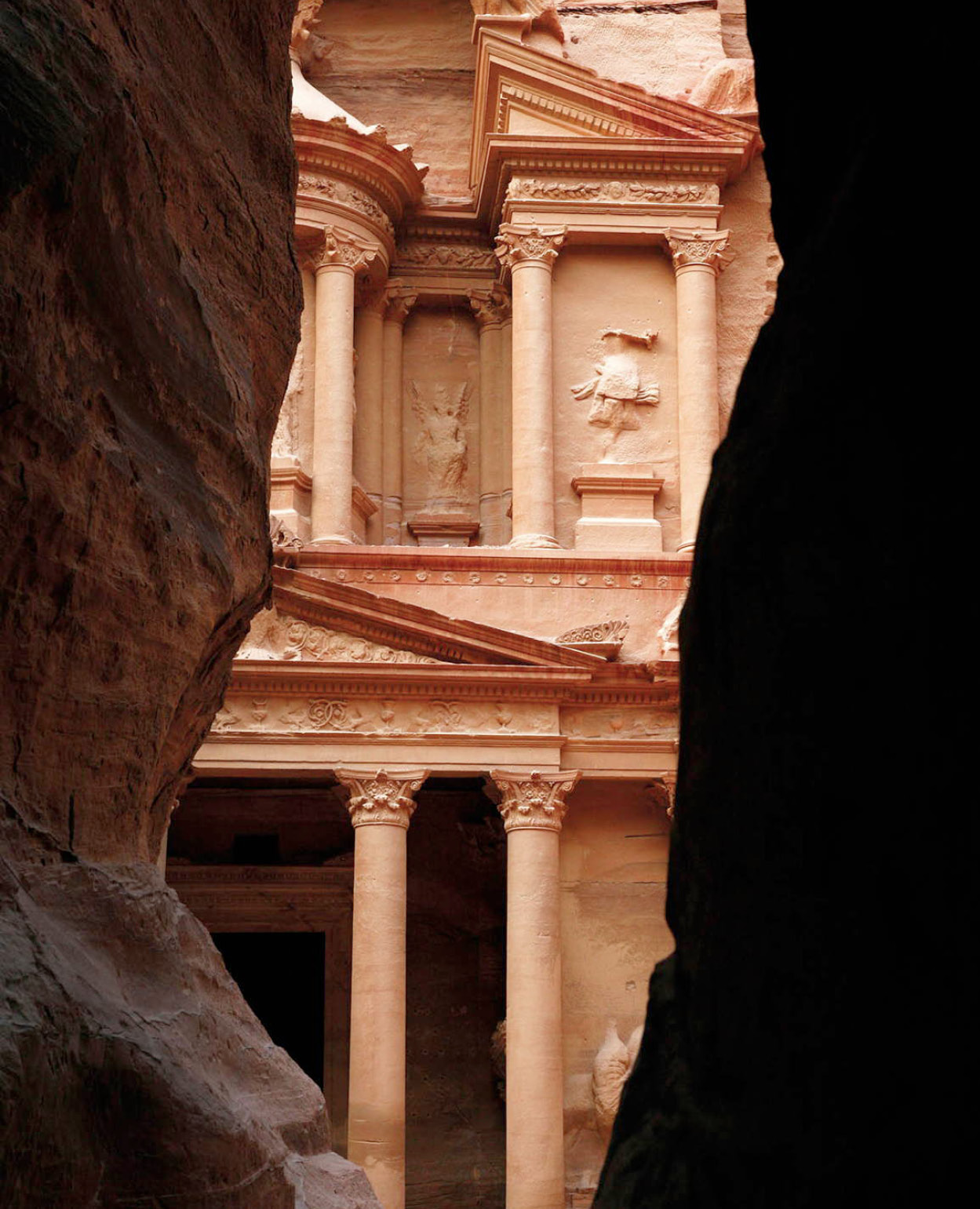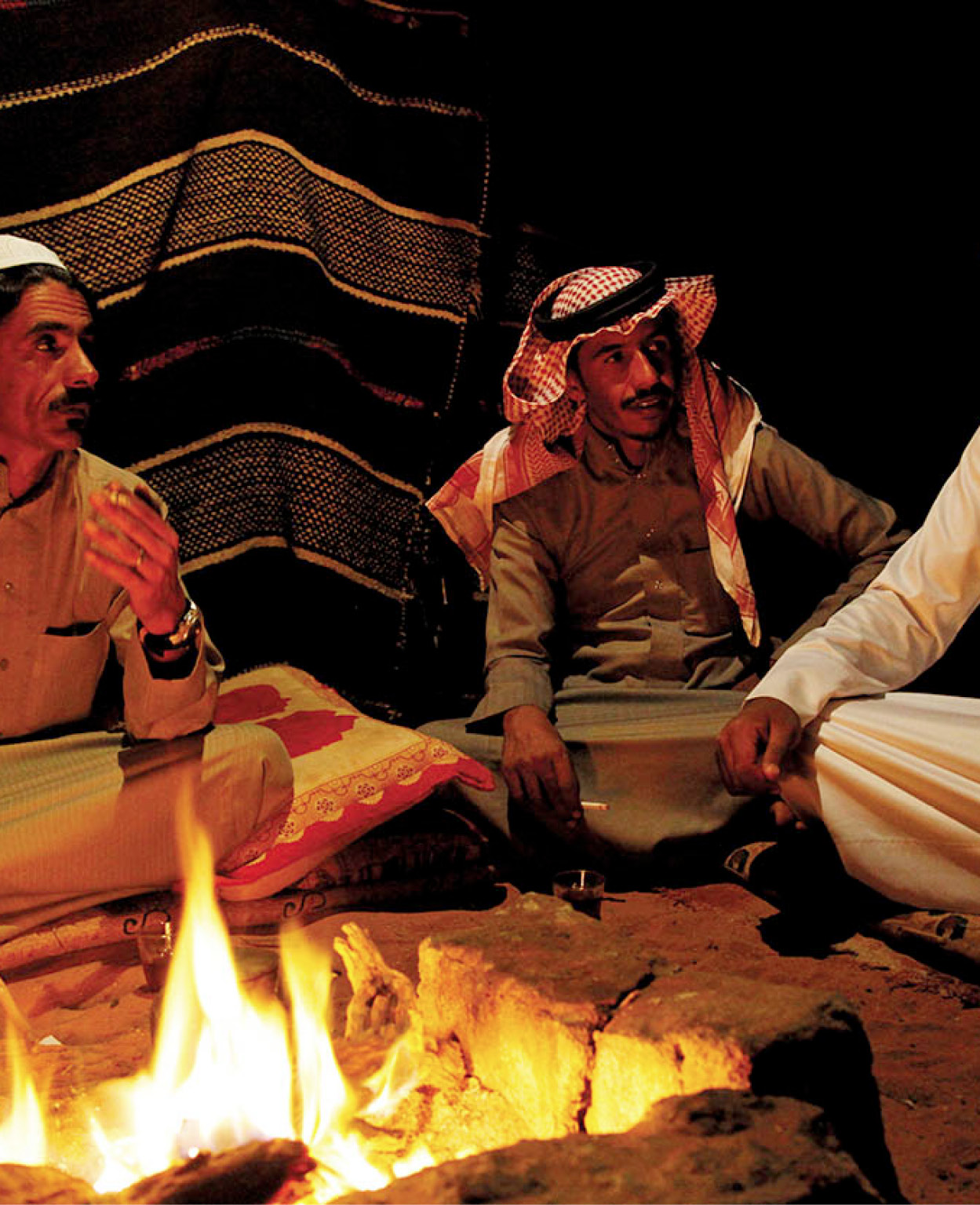How To Use This E-Book
Getting around the e-book
This Insight Guide e-book is designed to give you inspiration for your visit to Jordan, as well as comprehensive planning advice to make sure you have the best travel experience. The guide begins with our selection of Top Attractions, as well as our Editors Choice categories of activies and experiences. Detailed features on history, people and culture paint a vivid portrait of contemporary life in Jordan. The extensive Places chapters give a complete guide to all the sights and areas worth visiting. The Travel Tips provide full information on getting around, hotels, activities from to culture to shopping to sport, plus a wealth of practical information to help you plan your trip.
In the Table of Contents and throughout this e-book you will see hyperlinked references. Just tap a hyperlink once to skip to the section you would like to read. Practical information and listings are also hyperlinked, so as long as you have an external connection to the internet, you can tap a link to go directly to the website for more information.
Maps
All key attractions and sights in Jordan are numbered and cross-referenced to high-quality maps. Wherever you see the reference [map] just tap this to go straight to the related map. You can also double-tap any map for a zoom view.
Images
Youll find hundreds of beautiful high-resolution images that capture the essence of Jordan. Simply double-tap on an image to see it full-screen.
About Insight Guides
Insight Guides have more than 40 years experience of publishing high-quality, visual travel guides. We produce 400 full-colour titles, in both print and digital form, covering more than 200 destinations across the globe, in a variety of formats to meet your different needs.
Insight Guides are written by local authors who use their on-the-ground experience to provide the very latest information; their local expertise is evident in the extensive historical and cultural background features. All the reviews in Insight Guides are independent; we strive to maintain an impartial view. Our reviews are carefully selected to guide to you the best places to stay and eat, so you can be confident that when we say a restaurant or hotel is special, we really mean it.
Like all Insight Guides , this e-book contains hundreds of beautiful photographs to inspire and inform your travel. We commission most of our own photography, and we strive to capture the essence of a destination using original images that you wont find anywhere else.
2013 Apa Publications (UK) Ltd


Introduction: Welcome to Jordan
Jordan combines the best qualities of the region legendary hospitality, breathtaking desert landscapes with unique attractions of its own, from unspoilt Red Sea reefs to stunning monuments of ancient civilisations.
Petra, Jordans most famous attraction and a Unesco World Heritage Site, is quite simply one of the worlds must sees. Even if youve visited before, Petra never fails to awe, due in part to the wonderful sense of arrival after the walk along the narrow corridor-like siq . Visitors suddenly emerge face to face with one of the worlds most magical buildings: the Treasury, rose-pink, carved straight out of the rock.
Hot on the heels of Petras masters, the Nabataeans, and eyeing the trade routes which made them prosperous, were the Romans. They came, saw and conquered, but also left a legacy of their own: wealthy cities that can still be walked around today. Their metropolises comprise not just the monumental gates and temples that can be seen in other parts of the world, but baths, shops and theatres too. Few places in the world conjure up daily Roman life so evocatively as they do at the Jordanian sites of Jarash, Umm qays and others.

The Treasury, Petra.
Yadid Levy/Apa Publications
Amman, Jordans lively capital, boasts its own Roman treasures a remarkable and well-preserved Citadel, Odeon and theatre where visitors would linger much longer if they werent lured away by attractions outside the city.
The Jordan Valley, part of the famous Fertile Crescent, the cradle of all civilisations, has long seen peoples come and go. Stone tools found at the ancient site of Pella testify to settlement over 800,000 years ago. Since then, merchants, conquerors and occupiers have passed through, including names familiar from the Bible: the Canaanites, Hittites and Amorites, and later, Egyptians, Assyrians, Babylonians, Persians, Macedonians, Romans, Byzantines, Crusaders, Arabs and Ottomans Of this litany of peoples, many have left visible marks, including the dramatic crusader castles of Al-karak and Shawbak, or the more recreational Ummayad desert castles in Jordans east.
In contrast to the cultural concentration found in the fertile Jordan Valley, is the vast and sparsely populated desert hinterland spreading eastwards and southwards. Distinct geographically, it is also different historically and ethnically too. Largely ignored by the merchants and powers of the past who fought for control of the cities, settled areas and lucrative trade routes, the Bedouin tribes of the desert were left to get on with what they did best: eking out a living from the desert and war.

South Theatre at Jarash.
Yadid Levy/Apa Publications
Hoping to harness the fiercesome reputation of these Arab tribes during World War I was a British soldier: Lawrence of Arabia. Today, slightly ironically, it is largely due to T.E. Lawrences writings that Wadi Rum is one of the most visited sites in Jordan.
Whatever the numbers, its hard to diminish the scale and majesty of the desert landscapes of Rum, and a night at a Bedouin camp on the sand, under the stars and around the campfire, forms the highlight of a visit for many travellers. Further developed in recent years are facilities for adventure activities, including horse and camel treks, hiking, rock climbing, microlighting, skydiving and hot air ballooning.
With a momentum all of its own is religious tourism, boosted by the quite recent, international consensus that Bithani-beyond-the-Jordan is indeed the site of Jesuss baptism and Pope John Paul IIs visit and blessing of the site in 2000. Whatever the nature and strength of ones religious convictions, theres little question about the historical and emotional significance of some of Jordans extraordinary biblical sites. You can gaze over the Holy Land as Moses did at Jabal nibu (Mount Nebo), dance in Herods palace as Salome dared do at Mukawir, and even be baptised in the River Jordan as Jesus was.

Bedouins and their camp fire in Wadi Rum.
Yadid Levy/Apa Publications
Under further development too are Jordans remarkable conservation plans. With seven nature reserves already established and seven more in the making, its now possible to overnight in delightful eco-lodges and camps around the country. Thanks to successful programmes of captive breeding, beautiful native animals such as the oryx are now on the increase again and will soon be reintroduced into the wild.






